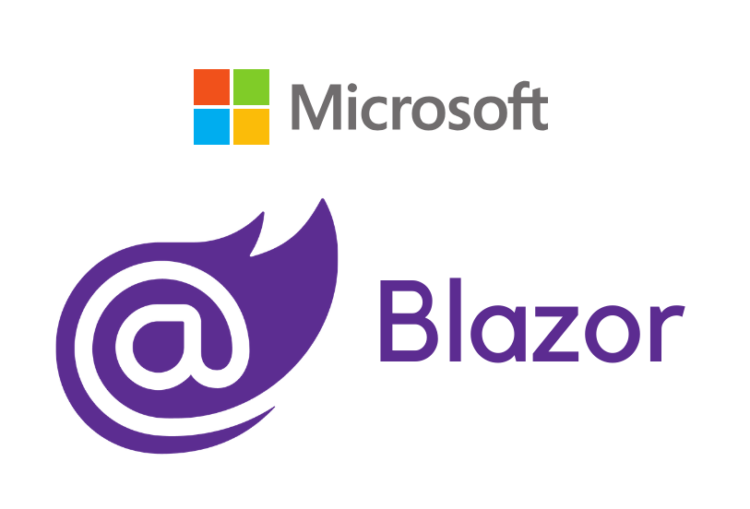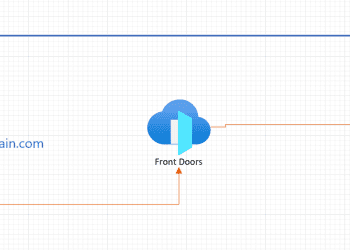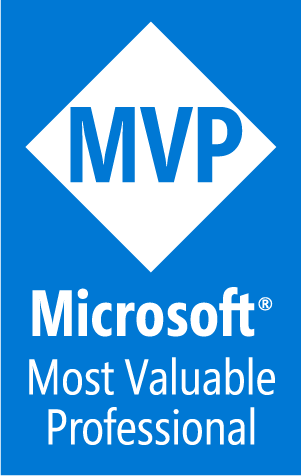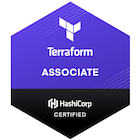If you didn’t hear about it yet ,Blazor is a revolutionary client-end User Interface framework developed by Microsoft’s mighty ASP.NET Expert team. Since its launch, it has become a big talking point among the tech organizations and Developer community. Blazor offers an amazing ability to code enriched web User Interfaces/User Experiences by using CSS, C#, and HTML instead of using JavaScript, a proposition most of the Developers have been dreaming of for long .
What is Blazor?
Blazor is an open-source and freely available framework, which allows developers to develop highly interactive web applications by using C# programming language. It allows a single programming language C#, HTML or Razor to write both the Client-side and Server-side code. Blazor achieves this by using .NET runtime which is compiled into WebAssembly bytecode. The .NET runtime functions into the browser and can allow any .NET DLL to execute, including the code we have written in C# programming language.
Blazor is composed of two hosting Models and we are going to see them one by one
1-Blazor server side
2-Blazor WebAssembly
-
Blazor server side
With the Blazor Server hosting model, the app is executed on the server from within an ASP.NET Core app. UI updates, event handling, and JavaScript calls are handled over a SignalR connection.
A Blazor application can easily run on an ASP.NET core backend and could be accessed easily by a browser. The ASP.NET Core applications can either be running on IIS or could be hosted as self-contained applications. Blazor application or website could be accessed by any browser at client-side. Blazor Server utilizes a JavaScript file to function and use CSS and HTML to render its user interface (UI). Here it is important to note that Blazor Server does not use WebAssembly.
-
Blazor WebAssembly
The second Blazor hosting model is running client-side in the browser on WebAssembly. The Blazor app, its dependencies, and the .NET runtime are downloaded to the browser. The app is executed directly on the browser UI thread. UI updates and event handling occur within the same process. The app’s assets are deployed as static files to a web server or service capable of serving static content to clients.
Blazor WebAssembly is supported by all the renowned modern web browsers available in the market for both mobile and desktop. Its execution is quite like JavaScript, where it allows the WebAssembly applications to execute securely on the end-users device, that too within the browser’s security sandbox. It offers an ability to the applications so that they could be deployed as a true standalone static site, without any .NET server component. The applications can be amalgamated with ASP.NET Core, which ensures a full stack web development with the help of .NET ecosystem, that is where the application code can be effortlessly shared with the server and the client.
-
Difference : (what should I use ?)
If you are going to develop a standard application that will be used even with a very bad internet connection than the WebAssembly is the ideal one because it can run without server connection,
More than that ,the WebAssembly application offer offline mode ,the application can continue to run even without internet connection while the server application become useless in this case.
The Web assembly application will be download by the end user and will run on the browser ,so here we don’t need to scale anything ,while on the server side , Microsoft says that a server with a single CPU and 3.5 Ram can handle 5K concurrent connections .
-
In Summary
Keep it simple and build something small, with a couple of screens, just to see how each of the hosting models work and than you can go and start building your own project .






















